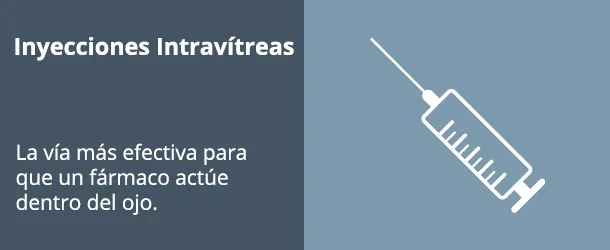No, retinal lesions caused by diabetes are irreversible.I do not want to be alarmist, but I will try to explain the process because you have to know your problem because it is the best way to fight it.
The body can withstand a certain amount of blood sugar.If the mechanisms responsible for neutralizing or metabolizing it, are altered, there is an excessive blood sugar accumulation and this excess produces lesions in blood vessels, especially in small arteries and veins, in an eye, kidney and brain, not only there,But especially there.Once the lesions in the vessels have occurred, a pathological process that culminates in the establishment of diabetic retinopathy (RD), or nephropathy or neuropathy begins.
Obviously, the normalization of glucose figures is a very positive fact, which will prevent injuries from continuing, but will not be able to repair those that have already occurred.We could compare the process to which a irrigation system would occur in which a certain amount of acid was injected.Depending on that amount, and the concentration reached in circulating water, more or less serious damage will occur on the wall of the pipes.Logically, if we stop introducing acid, we will not continue to damage the walls but we will not repair the damage.Let's say, saving distances, that excess glucose behaves similarly.
You put things like this, we will perfectly understand that the RD is not reversible, and in a way, inevitable, but these are the bad news.Let's look at the good:
Since the RD begins, until severe stages are reached that affect the vision, many years pass, so that, as soon as we diagnose the problem, before we can put the means that abort the process, by meansThat is necessary to diagnose the disease very early, and that is only possible by angiography with fluorescein.Once diagnosed and guided by hemoglobin control, it will be very difficult for the disease (RD) to go ahead of us and surprise us.In early and intermediate stages of the disease, medications administered through intravitreous injections, they make sense.These medications are used to treat serious macular edema (which are not susceptible to laser treatment) and the best treatment for macular edema is that it does not occur.
The better the glycosylated hemoglobin figure, the more the signs of RD are presented and more slowly progress.In this regard, I think it is necessary to clarify that glycosilated hemoglobin is an analysis that reveals the average blood glucose figure of the 3 months prior to the test, and ciñé to the regina's question, a figure of 6.5, is aGood figure, which will maintain the problem in not too serious stages and its evolution will be very slow, but will evolve.
Finally, and in response to Roar, medicines have been discovered that allow to treat (without much success by the way) very serious injuries that have seriously affected the vision, and that were previously intractable, but today, the best treatment is to preventthat very serious phases of the RD and laser treatment are reached as early as possible.
I guess more questions will arise and many points will have to be clarified.I will do it to the extent of my possibilities.








